RabbitMQ主要有六种种工作模式,本文整合SpringBoot分别介绍工作模式的实现。
前提概念
生产者
消息生产者或者发送者,使用P表示:
队列
消息从生产端发送到消费端,一定要通过队列转发,使用queue_name表示:
消费者
消费的消费者或者接收者,使用C表示,如果有多个消费者也可以用C1、C2表示:
SpringBoot 整合 RabbitMQ 基本配置
添加 maven 依赖
<dependency> <groupId>org.springframework.boot</groupId> <artifactId>spring-boot-starter-amqp</artifactId> <version>2.2.1.RELEASE</version></dependency>
复制代码
添加 application.yml 配置
spring: rabbitmq: host: 192.168.3.19 port: 5672 username: admin password: 123456
复制代码
消息生产
生产端发送消息,调用RabbitTemplate发送消息,比如:
@Autowiredprivate RabbitTemplate rabbitTemplate;
public String send() { rabbitTemplate.convertAndSend("routingKey","send message");}
复制代码
消费消息
消费消息使用队列监听注解@RabbitListener,添加队列名称就能消费发送到队列上的消息了:
@RabbitListener(queuesToDeclare = @Queue("queue_name"))public void consume(String message) { // 接收消息}
复制代码
1. 简单(simple)模式
最简单的消息发送
特点
生产消息:
@GetMapping("/simple-send")public String simpleSend() { rabbitTemplate.convertAndSend("simple","this is news"); return "ok";}
复制代码
消费消息
@RabbitListener(queuesToDeclare = @Queue("simple"))public void consume(String message) { System.out.println(message);}
复制代码
输出:
无需创建交换机和绑定队列,只需要匹配发送端和消费端的队列名称就能成功发送消息。
2. 工作模式
在多个消费者之间分配任务
特点
工作模式和简单模式差不多,只需要生产端、消费端、队列。
不同在于一个生产者、一个队列对应多个消费者,也就是一对多的关系。
在多个消费者之间分配消息(竞争消费者模式),类似轮询发送消息,每个消息都只发给一个消费者。
@GetMapping("/work-send")public String simpleSend() { rabbitTemplate.convertAndSend("work","this is news"); return "ok";}
复制代码
@RabbitListener(queuesToDeclare = @Queue("work"))public void consume(String message) { System.out.println("first:" + message);}
@RabbitListener(queuesToDeclare = @Queue("work"))public void consumeSecond(String message) { System.out.println("second:" + message);}
复制代码
创建一个生产者,两个消费者,发送两条消息,两个消费者分别接收到消息,输出:
first:this is newssecond:this is news
复制代码
两个消费者,轮流消费消息。类似nginx负载均衡。
3. 发布订阅模式
一次向多个消费者发送消息
特点
@Beanpublic FanoutExchange fanoutExchange() { return new FanoutExchange("PUBLISH_SUBSCRIBE_EXCHANGE");}
@Beanpublic Queue psFirstQueue() { return new Queue("psFirstQueue");}
@Beanpublic Queue psSecondQueue() { return new Queue("psSecondQueue");}
@Beanpublic Queue psThirdQueue() { return new Queue("psThirdQueue");}
@Beanpublic Binding routingFirstBinding() { return BindingBuilder.bind(psFirstQueue()).to(fanoutExchange());}
@Beanpublic Binding routingSecondBinding() { return BindingBuilder.bind(psSecondQueue()).to(fanoutExchange());}
@Beanpublic Binding routingThirdBinding() { return BindingBuilder.bind(psThirdQueue()).to(fanoutExchange());}
复制代码
@GetMapping("/publish-sub-send")public String publishSubSend() { rabbitTemplate.convertAndSend("PUBLISH_SUBSCRIBE_EXCHANGE", null, "publish/subscribe hello"); return "ok";}
复制代码
无需指定routingKey,设置为null。
@RabbitListener(queues = "psFirstQueue")public void pubsubQueueFirst(String message) { System.out.println("【first】:" + message);}
@RabbitListener(queues = "psSecondQueue")public void pubsubQueueSecond(String message) { System.out.println("【second】:" + message);}
@RabbitListener(queues = "psThirdQueue")public void pubsubQueueThird(String message) { System.out.println("【third】:" + message);}
复制代码
【first】: publish/subscribe hello【second】: publish/subscribe hello【third】: publish/subscribe hello
复制代码
发送一条消息,绑定的队列都能接收到消息。
4. 路由模式
根据routingKey有选择性的接收消息
特点
@Beanpublic Queue routingFirstQueue() { return new Queue("routingFirstQueue");}
@Beanpublic Queue routingSecondQueue() { return new Queue("routingSecondQueue");}
@Beanpublic Queue routingThirdQueue() { return new Queue("routingThirdQueue");}
@Beanpublic DirectExchange routingExchange() { return new DirectExchange("routingExchange");}
@Beanpublic Binding routingFirstBind() { return BindingBuilder.bind(routingFirstQueue()).to(routingExchange()).with("firstRouting");}
@Beanpublic Binding routingSecondBind() { return BindingBuilder.bind(routingSecondQueue()).to(routingExchange()).with("secondRouting");}
@Beanpublic Binding routingThirdBind() { return BindingBuilder.bind(routingThirdQueue()).to(routingExchange()).with("thirdRouting");}
复制代码
创建一个交换机,根据不同的路由规则匹配不同的队列routingExchange,根据不同的routingKey绑定不同的队列:
firstRouting路由键绑定routingFirstQueue队列。
secondRouting路由键绑定routingSecondQueue队列。
thirdRouting路由键绑定routingThirdQueue队列。
@GetMapping("/routing-first")public String routingFirst() { // 使用不同的routingKey 转发到不同的队列 rabbitTemplate.convertAndSend("routingExchange","firstRouting"," first routing message"); rabbitTemplate.convertAndSend("routingExchange","secondRouting"," second routing message"); rabbitTemplate.convertAndSend("routingExchange","thirdRouting"," third routing message"); return "ok";}
复制代码
@RabbitListener(queues = "routingFirstQueue")public void routingFirstListener(String message) { System.out.println("【routing first】" + message);}
@RabbitListener(queues = "routingSecondQueue")public void routingSecondListener(String message) { System.out.println("【routing second】" + message);}
@RabbitListener(queues = "routingThirdQueue")public void routingThirdListener(String message) { System.out.println("【routing third】" + message);}
复制代码
输出:
【routing first】first routing message【routing second】second routing message【routing third】third routing message
复制代码
分析:
rabbitTemplate.convertAndSend("routingExchange","firstRouting"," first routing message");
复制代码
消息从生产者指定firstRouting路由键,找到对应的绑定队列routingFirstQueue,就被routingFirstQueue队列消费了。
5. 主题模式
基于某个主题接收消息
特点
路由模式发送的消息,是需要指定固定的routingKey,如果想要针对一类路由。比如:
只接收以.com 结尾的消息。
www.开头的消息。
主题模式就派上场了,路由模式和主题模式类似,路由模式是设置特定的routingKey绑定唯一的队列,而主题模式的是使用通配符匹配一个或者多个队列。
@Beanpublic Queue topicFirstQueue() { return new Queue("topicFirstQueue");}
@Beanpublic Queue topicSecondQueue() { return new Queue("topicSecondQueue");}
@Beanpublic Queue topicThirdQueue() { return new Queue("topicThirdQueue");}
@Beanpublic TopicExchange topicExchange() { return new TopicExchange("topicExchange");}
复制代码
@Beanpublic Binding topicFirstBind() { // .com 为结尾 return BindingBuilder.bind(topicFirstQueue()).to(topicExchange()).with("*.com");}
@Beanpublic Binding topicSecondBind() { // www.为开头 return BindingBuilder.bind(topicSecondQueue()).to(topicExchange()).with("www.#");}
复制代码
通配符有两种,*和#,
比如:
#.com表示接收多个以.com结尾的字段。
例如: taobao.com、www.taobao.com、www.jd.com。
*.com表示接收一个以.com结尾的字段。
例如: taobao.com、jd.com。
多个字段是无法匹配的,比如www.taobao.com、cn.taobao.com。
www.#可以匹配多个以www开头的字段。
例如www.taobao、www.jd。
www.*可以匹配一个以www开头的字段。
例如:www.taobao、www.jd。
多个字段是无法匹配的,比如www.taobao.com、www.jd.com。
生产消息:
@GetMapping("/topic-first-send")public String topicFirstSend() { rabbitTemplate.convertAndSend("topicExchange","www.taobao.com","www.taobao.com"); rabbitTemplate.convertAndSend("topicExchange","taobao.com","taobao.com"); rabbitTemplate.convertAndSend("topicExchange","www.jd","www.jd"); return "topic ok";}
复制代码
@RabbitListener(queues = "topicFirstQueue")public void topicFirstListener(String message) { System.out.println("【topic first】" + message);}
@RabbitListener(queues = "topicSecondQueue")public void topicSecondListener(String message) { System.out.println("【topic second】" + message);}
复制代码
【topic second】www.taobao.com【topic first】taobao.com【topic second】www.jd
复制代码
www.#可以匹配多个以www.开头的路由键,例如www.taobao.com、www.jd。而*.com只能匹配一个以.com结尾的路由键,例如taobao.com,而无法匹配www.taobao.com。
6. RPC 模式
消息有返回值
特点
@RabbitListener(queuesToDeclare =@Queue("rpcQueue"))public String rpcListener(String message) { System.out.println("【rpc接收消息】" + message); return "rpc 返回" + message;}
复制代码
@GetMapping("/rpc-send") public void rpcSend() { Object receive = rabbitTemplate.convertSendAndReceive("rpcQueue","rpc send message"); System.out.println("【发送消息消息】" + receive); }
复制代码
【rpc接收消息】rpc send message【发送端接收消息】rpc 返回rpc send message
复制代码
交换机类型
上面的 订阅发布模式、路由模式以及主题模式使用到了不同的交换机,分别是:
直连交换机 Direct
扇形交换机 Fanout
主题交换器 Topic
Direct Exchange(直连)
直连交换机被应用在路由模式下,该交换机需要通过特定的routingKey来绑定队列,交换机只有接收到了匹配的routingKey才会将消息转发到对应的队列中,否则就不会转发消息。
路由模式使用直连交换机,该模式下根据routingKey绑定特定的队列。
Fanout Exchange(扇形)
扇形交换机没有路由键的概念,只需将队列绑定在交换机上,发送到交换机上的消息会转发到交换机所以绑定的队列里面,类似广播,只要打开收音机都能接收到广播消息。扇形交换机应用于发布订阅模式。
Topic Exchange(主题)
主题模式是将路由键根据一个主题进行分类,和直连模式不同的是,直连模式绑定特定的路由键,而主题模式使用通配符绑定路由键,绑定键有两种:
* 表示可以匹配仅一个。
# 表示可以匹配零个或多个。
总结
整合SpringBoot实现RabbitMQ六种工作模式,并详细讲解RabbitMQ六种工作模式:
源码示例
参考

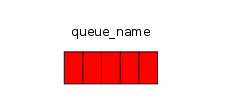




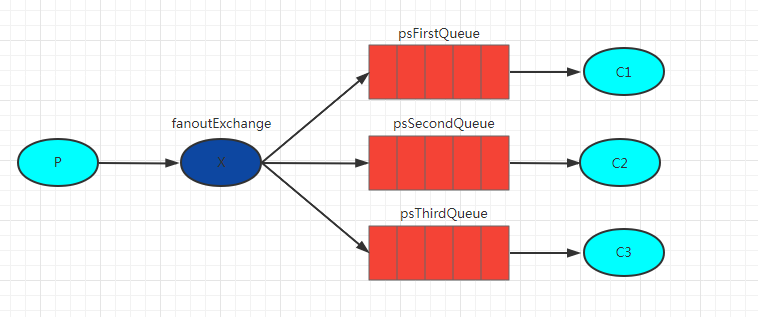

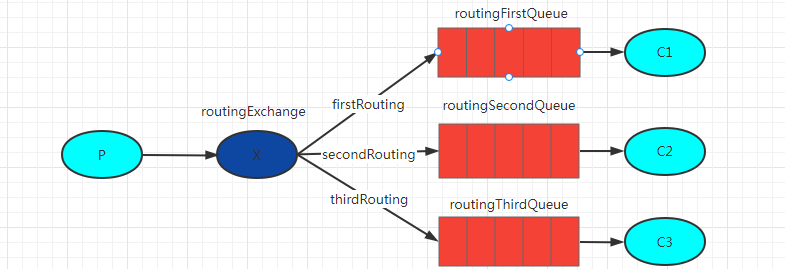


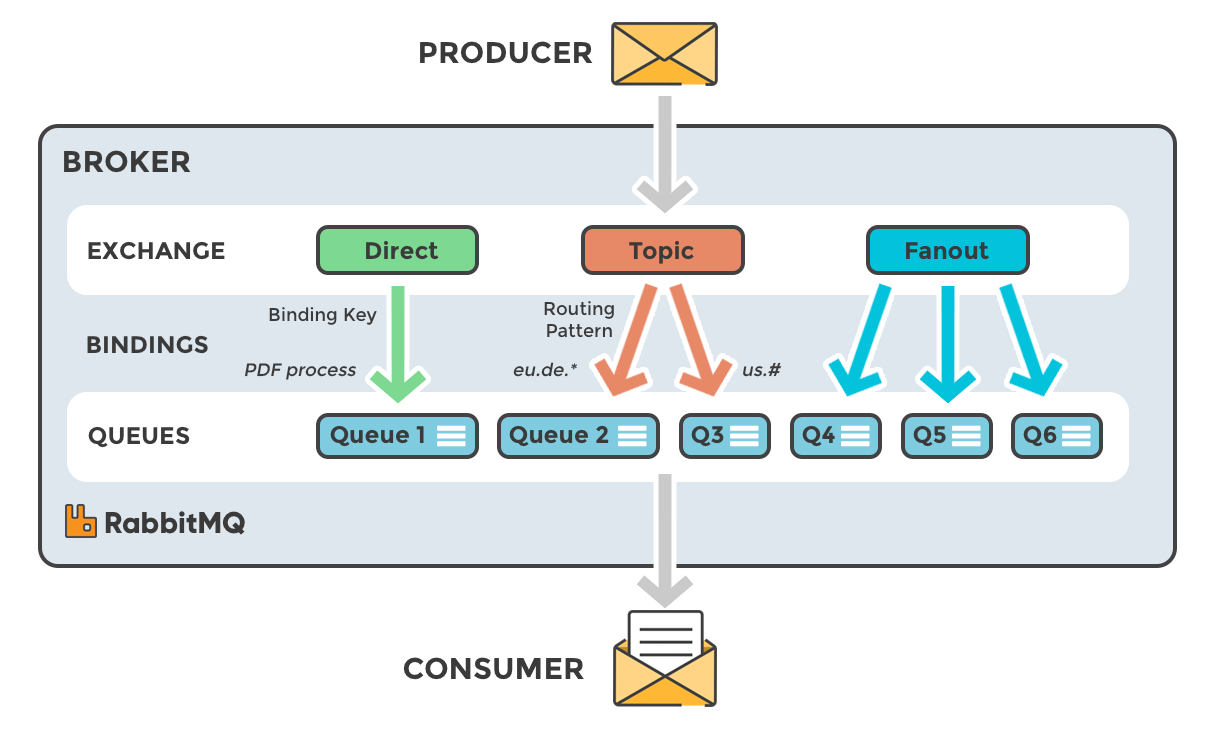


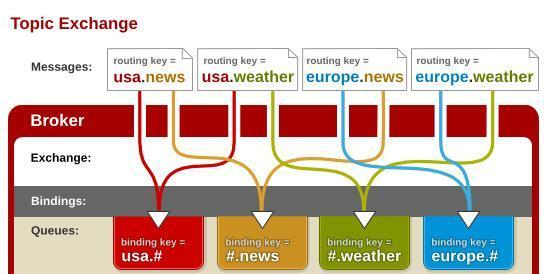










评论